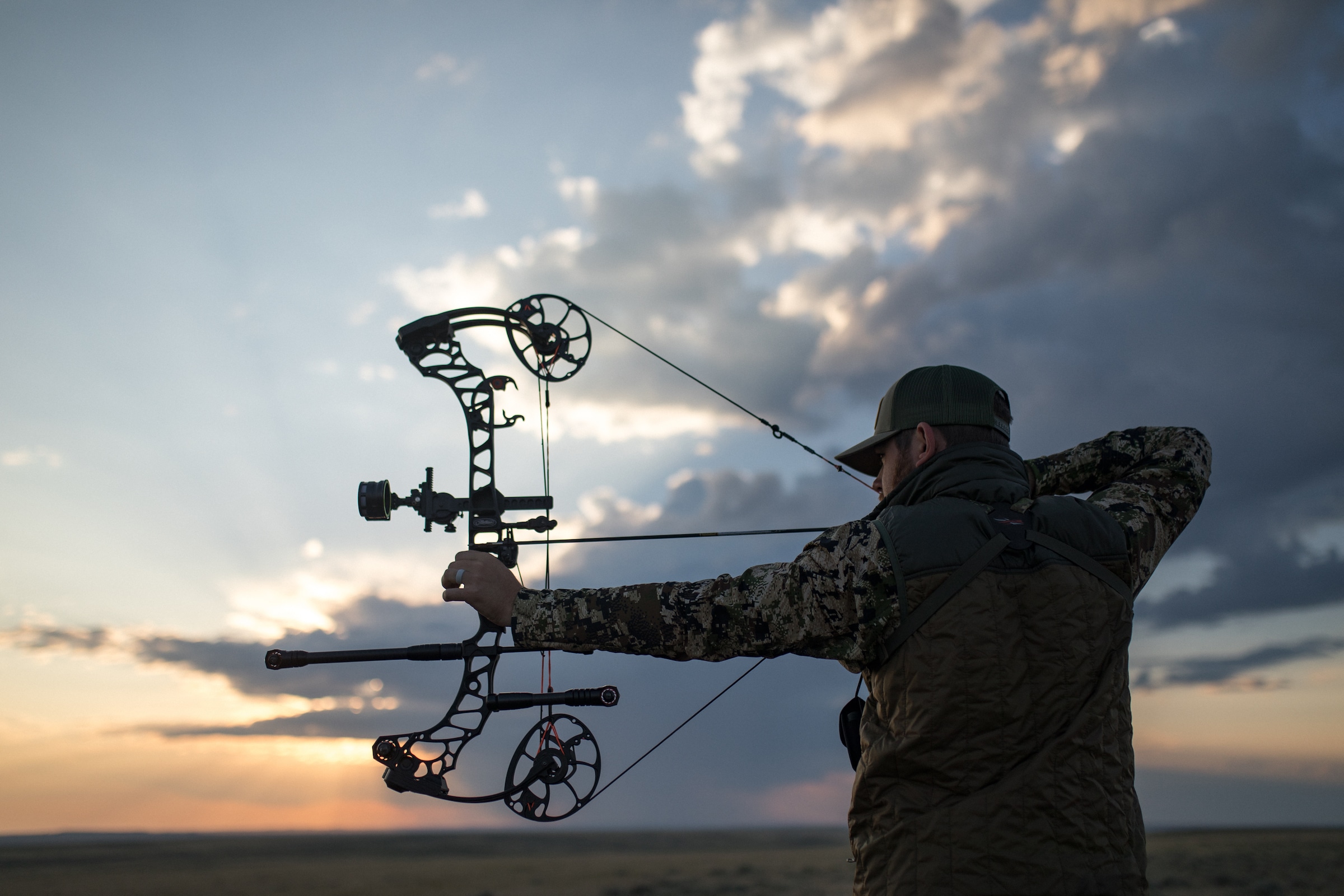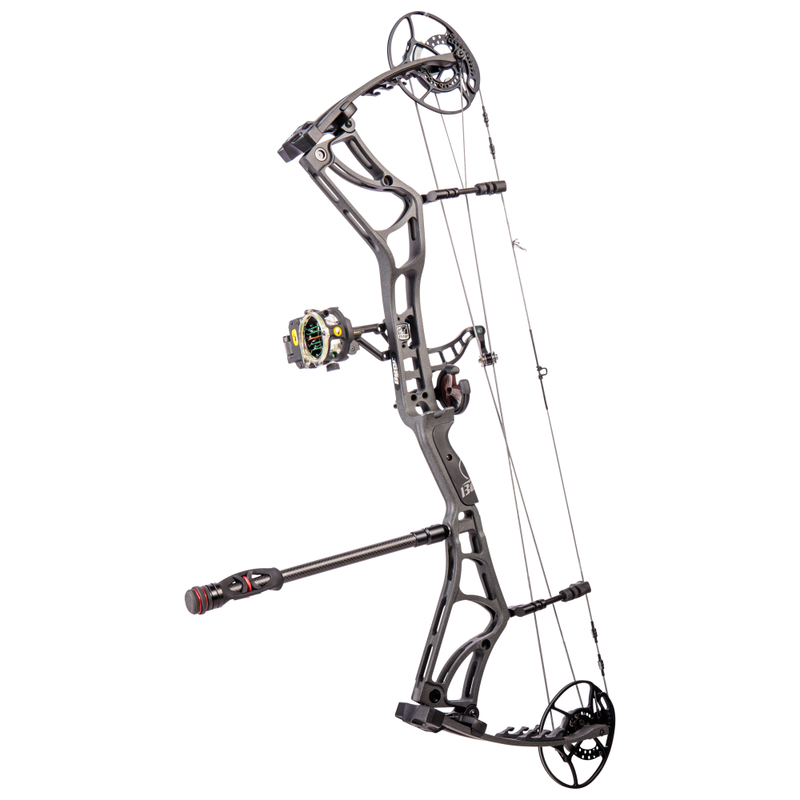Smooth Picture Ahead: Boost Performance with Compound Bow Stabilizers
Smooth Picture Ahead: Boost Performance with Compound Bow Stabilizers
Blog Article
Optimizing Your Archery Efficiency With the Right Substance Bow Stabilizer: a Detailed Review
In the world of uniformity, archery and precision are critical to achieving optimal performance. One often-overlooked yet crucial element in enhancing accuracy is the substance bow stabilizer. This humble tool plays a substantial function in steadying your objective, minimizing bow torque, and soaking up vibrations. Nevertheless, the efficiency of a stabilizer rests on various variables, including positioning, layout, and weight. By comprehending the nuances of choose and enhancing a compound bow stabilizer, archers can adjust their devices to raise their capturing experience to brand-new levels of proficiency and control.
Relevance of Bow Stabilizers in Archery

Additionally, bow stabilizers assist in stabilizing the weight distribution of the bow, which can enhance the archer's security while shooting and aiming. By including weight to the front of the bow, stabilizers can reduce the quantity of torque experienced upon launch, resulting in a smoother and a lot more regulated shot - compound bow stabilizer. This weight distribution likewise aids in holding the bow stable for a longer period, enabling the archer to intend more precisely
Sorts Of Compound Bow Stabilizers
When thinking about the different kinds of substance bow stabilizers available, it is crucial to understand their unique functions and features to determine the most appropriate option for taking full advantage of archery efficiency. The most common kinds of substance bow stabilizers consist of sidebar stabilizers, front stabilizers, and back stabilizers. Sidebar stabilizers connect to the sides of the riser and aid in balancing the bow throughout the intending process. Front stabilizers, also known as long rods, are affixed to the front of the riser and help in absorbing and reducing any vibrations brought on by the launch of the arrow, therefore improving accuracy. Back stabilizers, likewise called rear stabilizers, are installed to the back of the bow and help in reversing the weight of other accessories, resulting in improved stability and steady aiming. Additionally, some stabilizers come with flexible weights that permit archers to make improvements the equilibrium and feeling of their bows according to their choices, making them flexible options for archery enthusiasts of all levels.
Aspects to Think About When Choosing
In assessing compound bow stabilizers, understanding the unique functions and functions of each type is important for making a notified choice on the most appropriate choice to improve archery performance. When selecting a stabilizer, one should think about the weight of the stabilizer itself. By very carefully examining these aspects, archers can choose a compound bow stabilizer that lines up with their shooting style and optimizes their general efficiency on the archery array.
Installment and Adjustment Tips
For optimum efficiency and precision my company in archery, grasping the installation and modification of your bow stabilizer is crucial. Correct setup begins with attaching the stabilizer to the bow's riser, guaranteeing it is strongly protected. Many stabilizers come with mounting equipment for simple installation, but it's crucial to adhere to the maker's guidelines for the details version you have. When attached, readjusting the stabilizer involves locating the ideal balance in between weight distribution and size. Explore different mixes up until you attain the preferred feel and security.
When readjusting the stabilizer, begin with small incremental modifications instead than radical adjustments. Pay interest to exactly how the bow responds to adjustments in stabilizer setups and make adjustments appropriately. Regularly check the stabilizer's tightness and general condition to ensure it proceeds to work ideally.
Upkeep and Treatment Standards

It is also essential to save your bow with the stabilizer in a safe and secure and risk-free place when not in usage. Complying with these upkeep and treatment guidelines will certainly help you obtain the most out of your bow stabilizer and improve your total archery performance.
Conclusion
In conclusion, choosing the ideal compound bow stabilizer is crucial for optimizing archery performance. Comprehending the relevance, kinds, factors to take into consideration, installment and adjustment pointers, as well as upkeep and treatment standards can substantially affect one's precision and consistency in compound bow stabilizer capturing. By picking a stabilizer that fits specific needs and choices, archers can boost their overall efficiency and attain much better outcomes on the array or in competition.
Bow stabilizers play a critical role in improving an archer's precision and consistency by minimizing resonances and i was reading this stabilizing the bow during the launch of an arrowhead - compound bow stabilizer.Additionally, bow stabilizers assist in stabilizing the weight circulation of the bow, which can improve the archer's stability while intending and firing. The most typical kinds of substance bow stabilizers include sidebar stabilizers, front stabilizers, and back stabilizers. Back stabilizers, also called back stabilizers, are mounted to the back of the bow and help in reversing the weight of various other accessories, resulting in enhanced security and steady aiming. When picking a stabilizer, one must think about the weight of the stabilizer itself
Report this page